Bulgaria is one of the largest countries in the Balkans and a personal favorite destination of mine for several reasons: First, it’s much cheaper than other countries in Europe, the food is delicious, and Bulgarians are warmhearted and very welcoming. As a bonus, history buffs will have endless ancient sites to discover throughout the country. It was difficult narrowing down the list, but here are 15 places you must visit in Bulgaria!
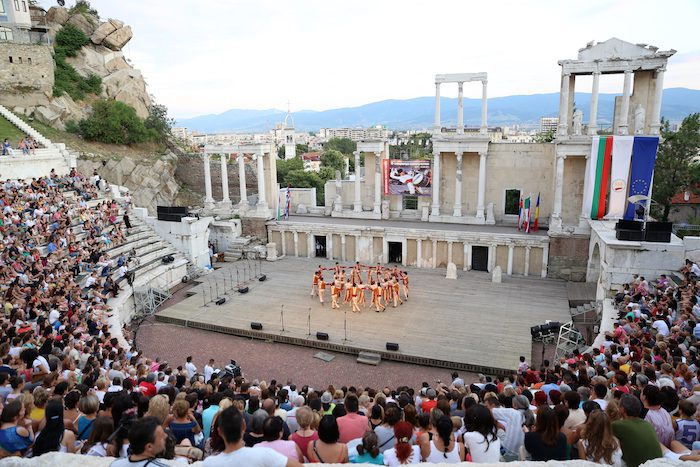
Bulgaria is bordered by Romania to the north, Serbia and Macedonia to the west, Greece and Turkey to the south, and the Black Sea to the east. Its location at the crossroads of of Europe and Asia has undeniably influenced the customs, gastronomy, and history of its people. Bulgaria has been home to great civilizations including the Thracians, Greeks and Romans.
Back in 2013, I decided to explore took a 3 week road trip around the entire country. Ana and I entered Bulgaria from Edirne, Turkey and based ourselves in Burgas, Varna, Ruse, Veliko Tarnovo, Sofia, Plovdiv and Stara Zagora. After an incredible 22 days exploring Bulgaria, we realized we could have easily spent another few weeks seeing so much more. Without further ado, here are my top 15:
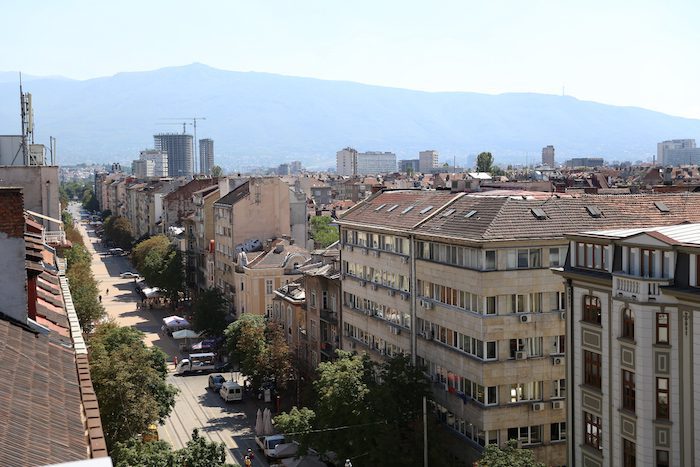
Sofia is the capital city of Bulgaria and probably where you’ll fly into if you’re traveling by plane. Sofia is home to over 1.2 million residents and is located at the foothills of Vitosha Mountain, midway between the Black Sea and the Adriatic Sea.
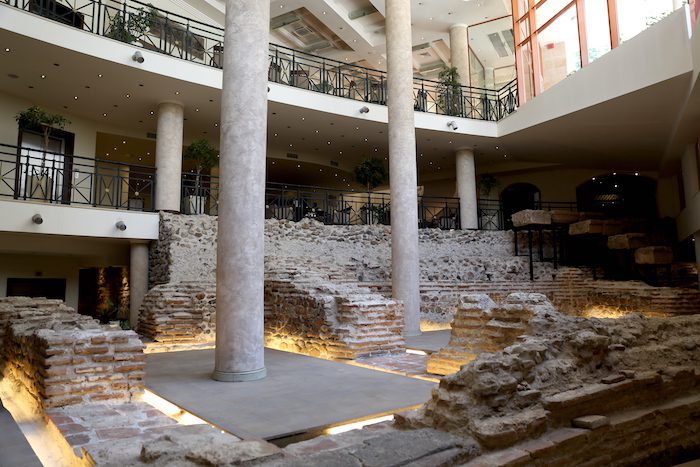
Sofia is ancient, with human habitation dating back over 30,000 years, making it the second oldest in Europe. Early inhabitants included the Thracians and the Celts, following by the Romans who made Sofia the most important city in the region. It was held by the Ottomans for a number of centuries until becoming the capital of an independent Bulgaria.
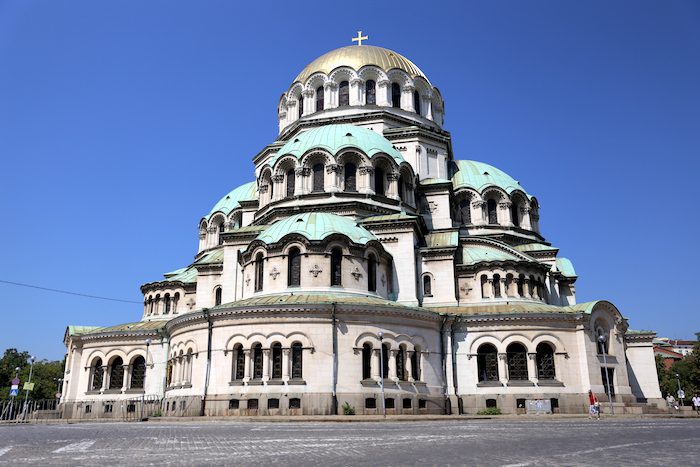
This long and distinguished history means there is plenty to see during a visit to the city. One of the first sites we visited was the Neo-Byzantine Alexander Nevsky Cathedral, one of the largest Eastern Orthodox churches in the world. The walls are decorated with beautiful paintings of religious scenes and saints. The exterior gold-plated dome stands out in the city skyline.
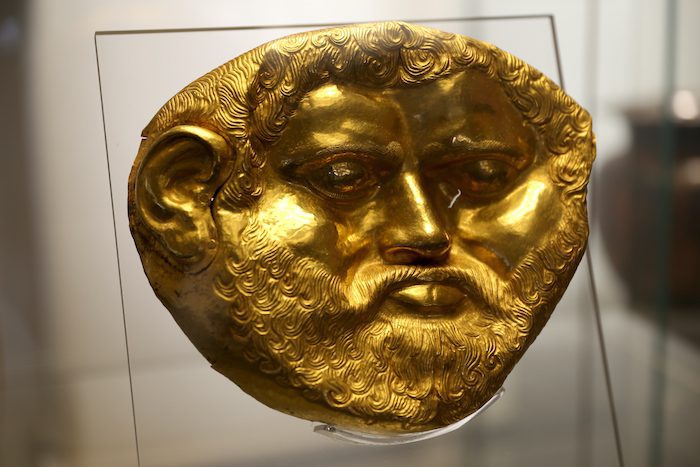
Other sites include the underground remains of the fortress of Serdika, and the underpass used to move from the Presidency to the Council of Ministers. Other stops we made include a visit to the National Archaeological Museum with collections from ancient Thrace right through to the Middle Ages – the gold Thracian burial mask pictured above is highlight of the exhibit.
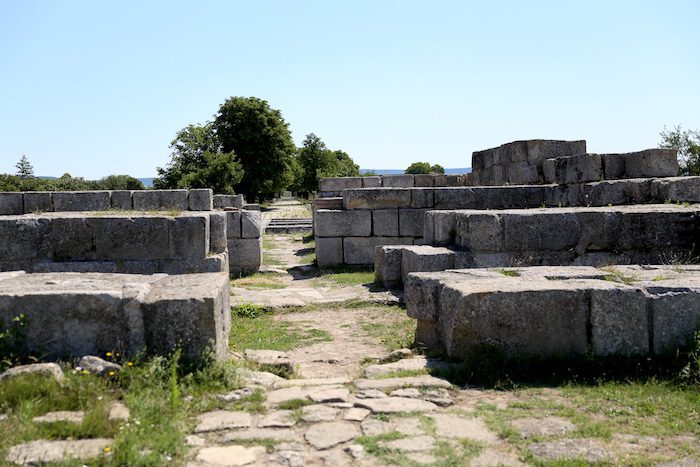
On a day trip, while staying in Sofia, we also visited Rila Monastery (Monastery of Saint Ivan of Rila). This is the largest and most well-known Eastern Orthodox monastery in Bulgaria 73 miles south of the capital, along the Rilska River. It is found nearly 1,200 meters above sea level, in the Rila Monastery Nature Park.
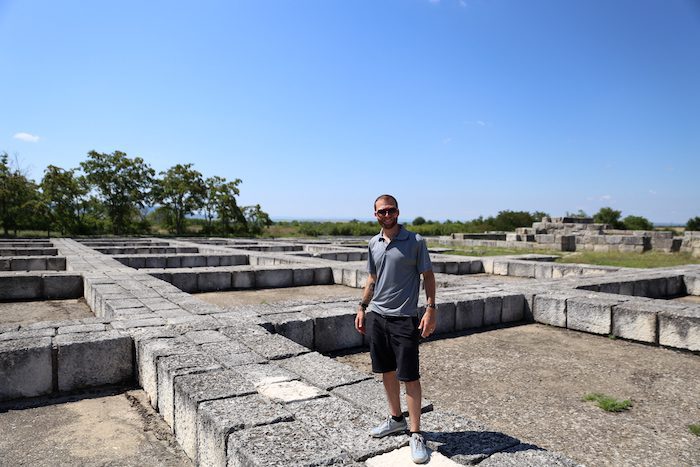
The monastery was founded back in the 10th century and is both a key historic and architectural site as well as an important tourist location. There are around 60 monks there today and it is a UNESCO World Heritage Site. The ornate interior of the building and stunning exterior make it a must-see spot when visiting the area.
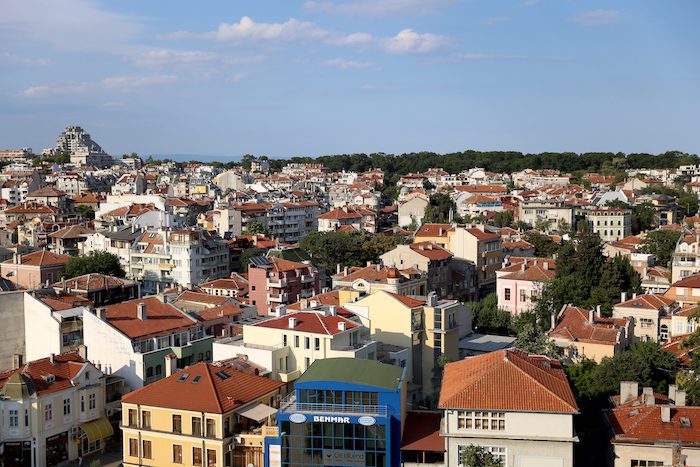
Burgas was another base for our trip to Bulgaria and is the fourth largest city, located on the Black Sea coast. Burgas is a relatively small city that can easily be explored on foot and offers a good balance of history, beach locations and shopping.

The seaside park is a great place for a picnic or a beach walk and the sea breeze prevents it becoming too hot even in summer. The annual sand festival takes place here with amazing sculptures made from the sand to a theme. The Archaeological Museum of Burgas has artifacts uncovered around the area and include findings from the Thracian civilization as well as Greek and Roman eras.

For a choice of places to eat, we really enjoyed a restaurant called Ethno, with its grilled meat and seafood menu as well as delicious local semi-sweet white wines.
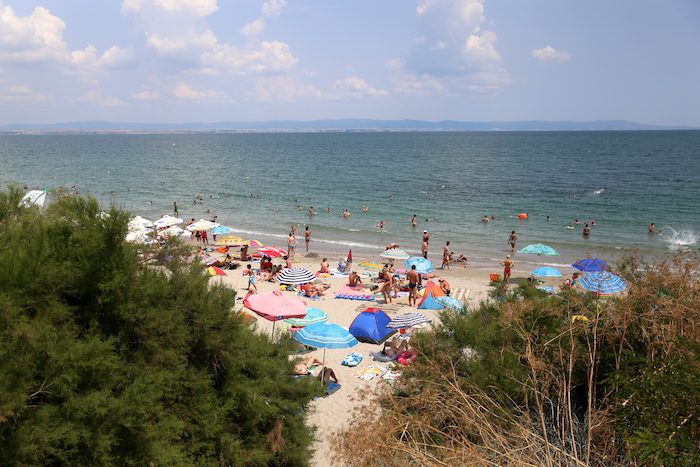
Pomorie was one of the places we visited on a day trip while staying in Burgas. This seaside resort sits on a rocky peninsula on the Burgas Bay and is about 12 miles from the city. The city started life as Apollonia, a Greek colony that was then conquered by the Romans. It was also part of the Byzantine and Ottoman Empires.
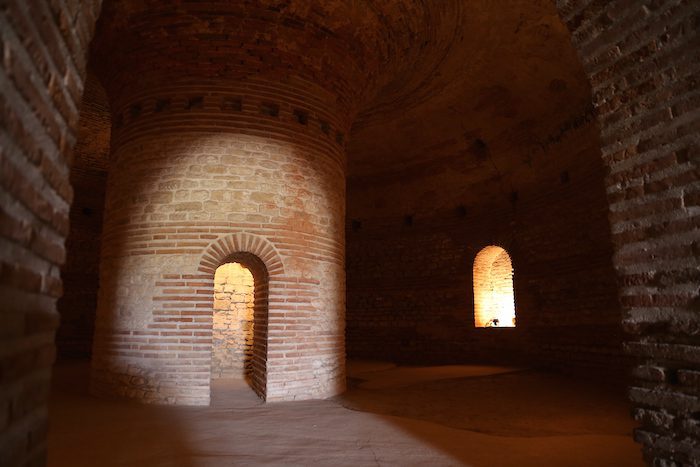
One of the highlights to visit while in the town is the Beehive Tomb. This is an impressive ancient site that is close to the road from Burgas and is thought to be a tomb for the Anhialo family, dating back to the 2nd or 3rd centuries AD. It was also the scene for many pagan rituals and has been restored to this era to see what it looked like at the time, although the murals believed to have once decorated the walls are now gone.

Another trip we took during the Burgas leg of our trip was to Sozopol, an ancient seaside town around 21 miles away. It is famous as the location of the Apollonia Art and Film Festival that takes place in early September. The town is also one of the oldest in Bulgaria on the Black Sea coast with evidence of settlement dating back to the Bronze Age.

The city was known Antheia to the Greeks and became Apollonia when the temple of Apollo was constructed. It became an important trade center and maintained a strong Greek population. When it became part of modern Bulgaria, there were more Greeks than Bulgarians living there! The city walls can still be seen around the town while the remains of the Greek settlement have been excavated off the coast.
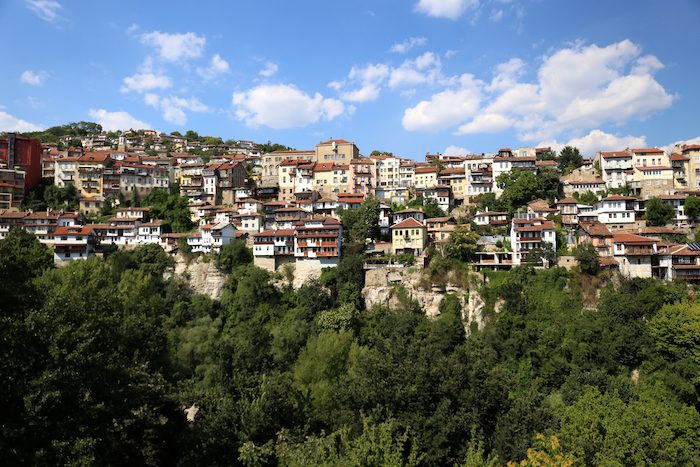
The third base of our trip was the city of Veliko Tarnovo, with its rich 7,000-year history and many churches. The city is located on the Yantra River and was the capital of the Second Bulgarian Empire, being home to many of the nobility. Later, it gave its name to the Tarnovo Artistic School, famous for its painting and literature styles.

One of the most famous medieval monuments in Bulgaria can be seen in the city, the Tsaravets Fortress. The city is built on three hills – Tsaravets, Trapezitsa and Sveta Gora with the river running through the center. The fortress on Tsaravets dates from medieval times and was the main fortress of the Second Bulgarian Empire from 1185 to 1393.
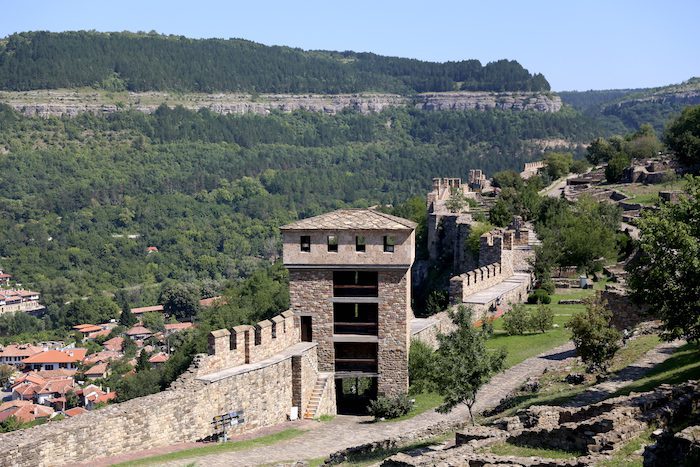
It is surrounded by some 3,000 feet of stone walls, some of which are 11 feet thick. It is a now a popular tourist destination and a must-see location.
Check out our article on What to See and Do in Veliko Tarnovo

For wine lovers, a day trip to the Maryan Winery is definitely recommended while staying in Veliko Tarnovo. The winery is just 45 minutes from the city, near the town of Maryan and offers the chance to try a number of different wines.

The winery is a family run business and there are five different varieties made here including reds and whites as well as a very refreshing rose. A tour involves exploring the wine cellar and even tasting wines straight from the barrel. The wines are made with a combination of classic winemaking techniques and modern technology to get the best quality products.
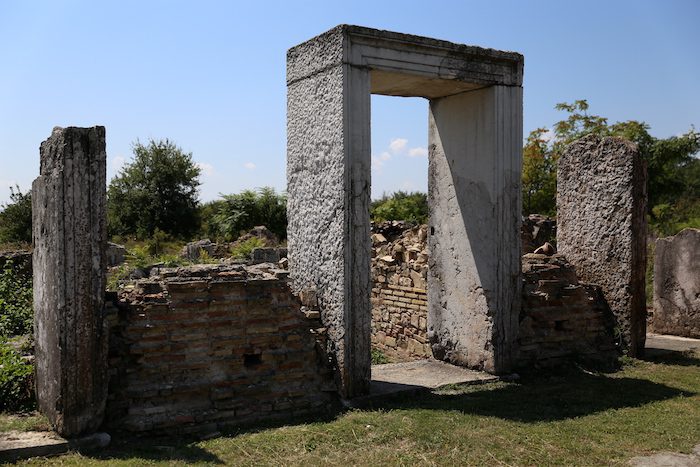
The ancient Roman city of Nikopolis ad Istrum is another important day trip to take when you are staying in Veliko Tarnovo. The city was founded by Emperor Trajan in 101 AD at the joining of the rivers Tantra and Rositsa. He dedicated it to his victory of the Dacians and the remains can today be seen near the village of Nikyup, around 12 miles north of Veliko Tarnovo.

The Roman city was destroyed in 447 by Attila the Hun’s forces but was later rebuilt as a powerful fortress including churches with the military buildings, as was the trend at the time. The new fort only occupied around one-fourth of the original city and was destroyed again in the 6th century. A number of buildings can still be seen as well as sculpture remains and the street network.
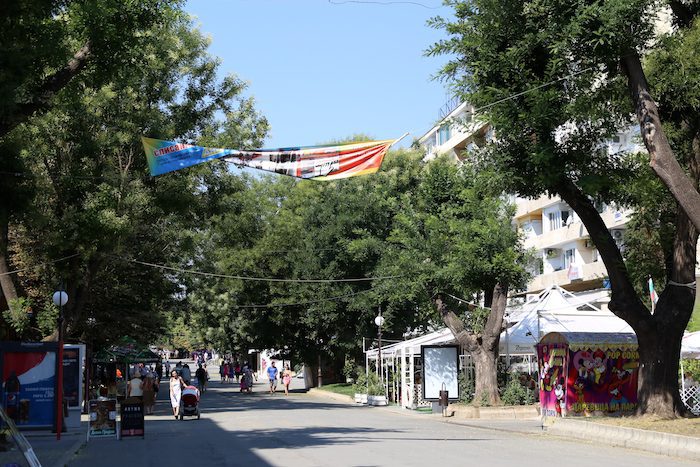
The next base we used for the trip was the city of Stara Zagora. Located in the south of the country, it is the sixth largest city and is famous for both its linden trees and its poets. The area around the city has prehistoric mounds and one, Bereketska, is the largest in the country. The city itself was an important crossroad and was inhabited by the Thracians, Romans, Ottomans and Bulgarians at different points during its history.
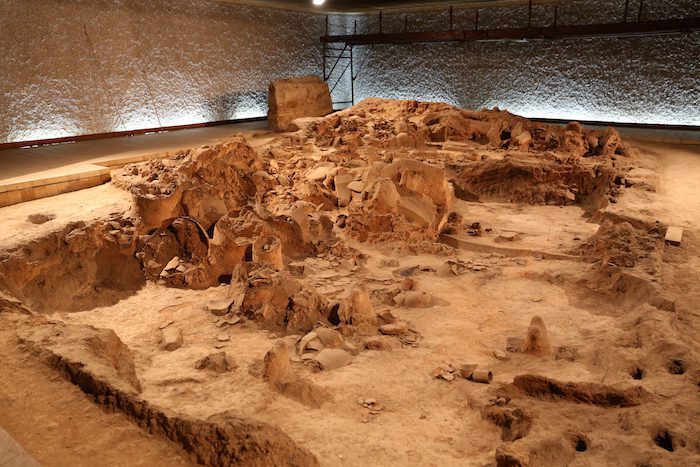
We visited the Neolithic Dwellings Museum and enjoyed a rare chance to see well-preserved artifacts and two lodgings from the Neolithic period. The Regional History Museum is another spot to enjoy, a four-story building that houses items from Neolithic times through to the 19th century, including an impressive Roman display on the basement level.

The Roman Forum of Augusta Trayana, as the city was known to the Romans, is found beside the modern courthouse. It includes the remains of the city walls, the western gate and a 1,300-spectator amphitheater. This is still used today for festivals, ballet performances and opera. You can enter for free but do need permission from the Regional History Museum.
Check out our article on What to See and Do in Stara Zagora

Plovdiv is the second largest of the Bulgarian cities and served as our next base during the trip. This is an important economic, transport and cultural center that was once known as Philippopolis, as it was conquered by Philip II of Macedon in the 4th century BC.
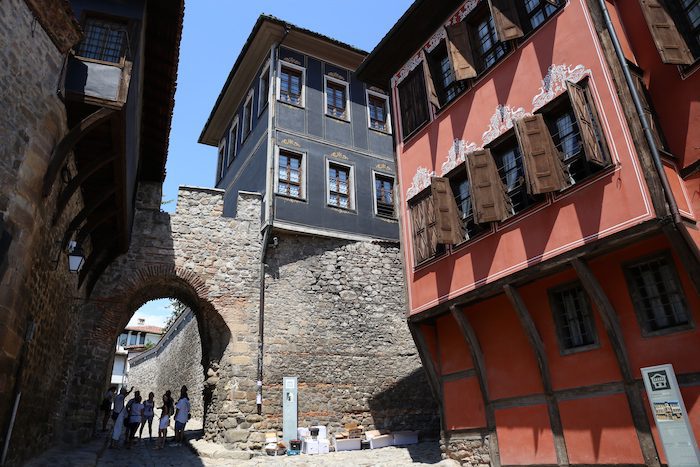
It was later invaded by Persians, Greeks, Celts, Romans, Goths, Huns, Turks, Crusaders before becoming a part of Bulgaria as we know it today. Sitting on seven hills on the banks of the Maritsa River, Plovdiv is often called ‘The City of the Seven Hill’.
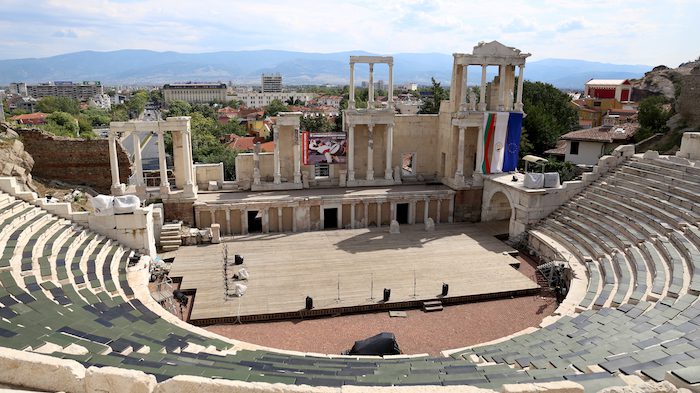
All that history means there is a lot to see and do! The city center is vibrant and busy while the Old Town tends to be quieter and more laid back. Both are very pedestrian friendly so you can enjoy the main sites on foot. Near the Tourist Information Centre in Dzhumaya Square is the Stadium. This sits below the modern city level and was commissioned by Emperor Hadrian in the 2nd century. It originally held some 30,000 spectators though only 14 marble rows remain.

The Old Town is known for its cobblestoned streets and Bulgarian National Revival architecture, a movement that saw the Bulgarians take back their cultural identity from the Ottomans. Large, richly embellished homes were a big part of this and many are now open to the public.
See our article about What to See and Do in Plovdiv, Bulgaria

Hisarya is a resort town on the edge of the Sredna Gora mountain range and located near enough to Plovdiv to make for a great day trip. The town was once known as Hissar or Hisar (meaning ‘fort’ or ‘castle’ in Turkish) but the settlement pre-dates their times.
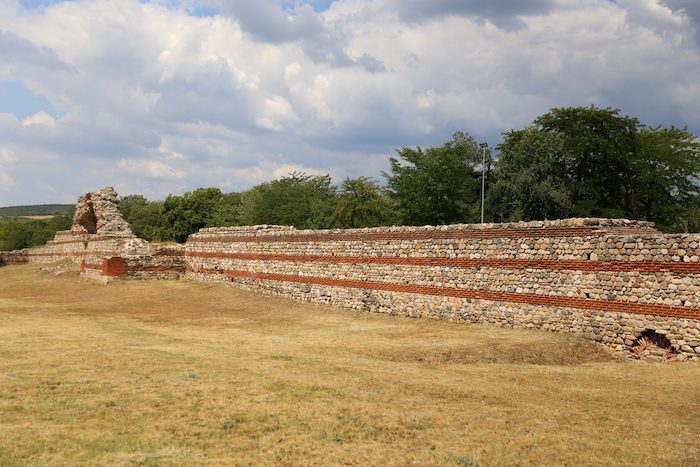
Under the Romans, it was called Diocletianopolis and today it has some of the best-preserved Roman walls and gates across Bulgaria. However, its fame came from its mineral rich springs that made it a popular place to visit – Emperor Septimius Severus even visited it to experience the power of the waters.

Our next base was the city of Ruse, located on the right bank of the Danube opposite the Romanian city of Giurgiu. The city is the fifth largest in the country and is an important river port as well as being the site of the only Bulgarian-Romanian bridge, called the Ruse-Giurgiu Friendship Bridge.
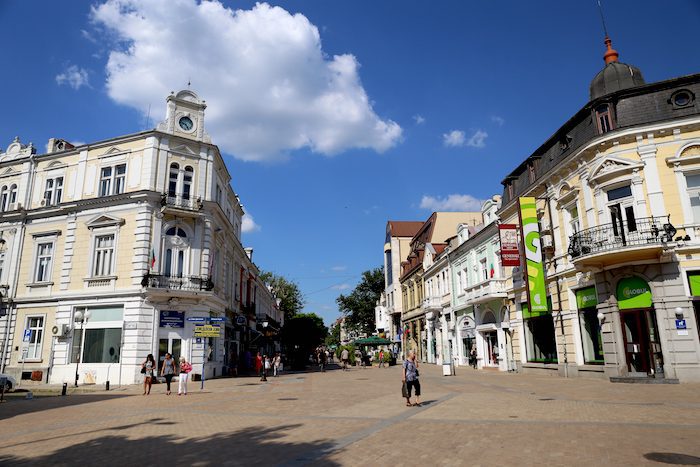
Ruse has over 300 historic buildings and is known as ‘Little Vienna’ due to the number of Neo-Baroque and Neo-Rococo buildings spread around its streets. The city has an ancient pedigree, having been home to Thracians and Romans then the Ottomans before becoming part of modern Bulgaria in 1878.
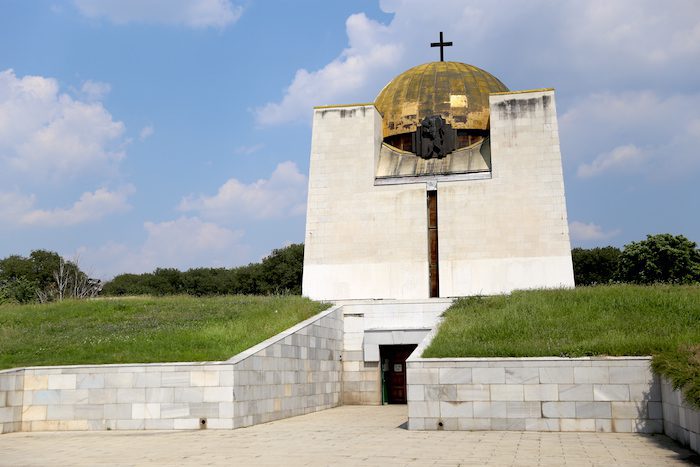
Among the sites we saw was the Pantheon of National Revival Heroes, burial place of 39 famous Bulgarians. The Regional Museum of History was established back in 1904 and holds some 140,000 items including the Borovo treasure as well as items from the medieval period, right through to items of glass and china from the 19th century.
See our guide of What to See and Do in Ruse.

Varna was our final base for the trip and is the third largest city in Bulgaria, located on the Black Sea coast near the Gulf of Varna. It is known as the maritime capital of the country and is the home of the Bulgarian Navy.

One of the places we visited was the Archaeological Museum of Varna. It is famous for being the location where the Varna Necropolis treasure is located, the oldest gold jewelry in the world that dates back to 5000 BC. There is also an impressive Roman bath complex to visit, the 4th largest in Europe where you can even see the shops that were once located just outside the baths.

Varna Cathedral is the oldest in Bulgaria, dating to 1886 and is the largest cathedral on the Black Sea coast. It is the residence of the bishopric of Varna and Preslav and is one of the symbols of the city. It contains a number of hand painted icons and scenes from the life of Jesus that are worth seeing.
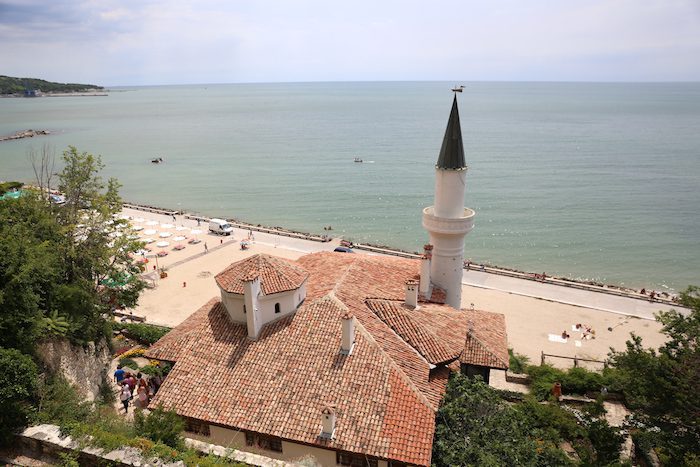
One day trip we took while based in Varna was to visit Balchik Palace, also known as the Quiet Nest Palace. This is a palace made while the Romanians controlled the area and were designed for Queen Marie of Romania. The palace is actually a complex of residential villas located near the resort of Balchik on the Black Sea coast.
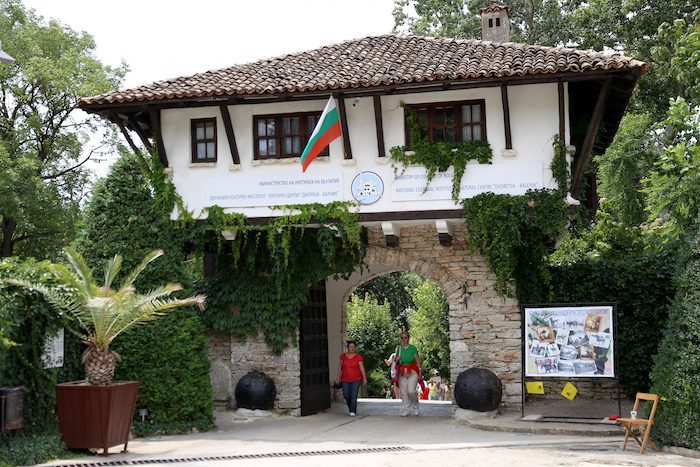
As well as the villas, the complex has its own wine cellar, a monastery, a holy spring, a chapel and other buildings including an impressive botanical garden that is now state run. The palace uses many Balkan and Oriental motifs and has been restored for tourists.
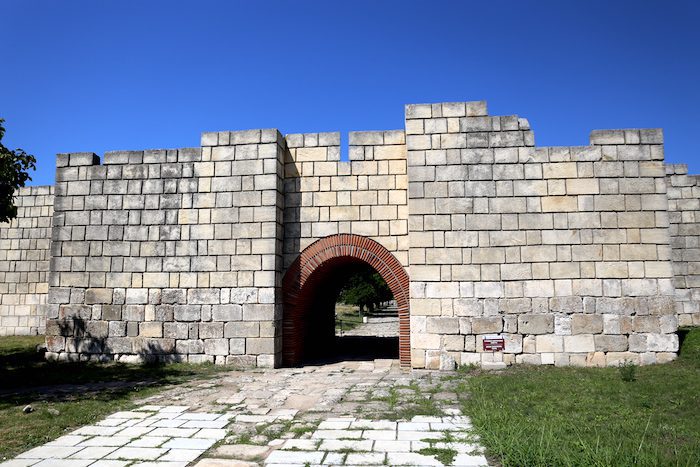
The other day trip we enjoyed while staying in Varna was to a small town called Pliska that is notable as the capital of the First Bulgarian Empire. From 681 to 893 AD, the city was the capital of the new Bulgarian state and covered over eight square miles. It has earthen ramparts with stone walls and contained a number of palaces and buildings for the aristocracy.

Unfortunately, this was a turbulent time and the city saw near constant war. It was plundered by the Byzantines and burned to the ground. However, visitors to the site can still see the remains of the giant complex including the royal palace, basilica and the remains of the fortified walls.
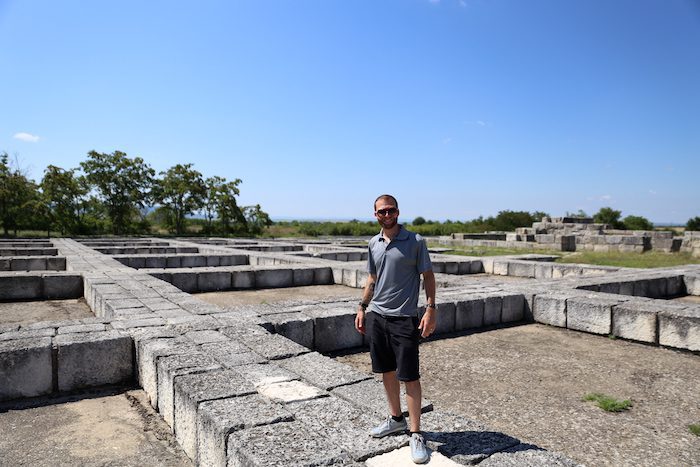
After spending over three weeks driving around the entire country I really got a feel of what Bulgaria is all about. From history, wineries, medieval cities, the sea and delicious food, Bulgaria is a very unique country with months’ worth of things to see.
Have you been to Bulgaria? What are your recommendations for must visit places? Leave us a comment below!
Counter
101 Countries • 1432 Cities
Tsvety says:
Hey great article and well described places.
However I would definitely recommend the Thracian tombs both in Kazanlak and Sveshtari. Also some of the natural formations as Belogradchik rocks, Prohodna cave, Devetashka cave, the wonderful bridges and my personal favorite Trigrad gorge with the amazing Devil’s throat cave. There is also the Qgodinska cave where there is a dwelling (4000 years BC) and Uhlovitsa cave (3,5 mio years old) which I call the broccoli cave because of the interesting formations on the cave’s walls.
More from the natural sights are the seven Rila lakes, Pirin national park (the whole mountain is just amazing) and the Balkan mountain.
Each one of these sights has its own unique beauty. All of the above are my must see ones. There are of course many more interesting things to see there.
🙂
David Tremblay says:
Hi David, your Bulgarian treasures helped us up to built our recent trip in Bulgaria. In addition to your great work, this is our “must to see” for your fans:
-Belogradchick rocks
-Magura Cave
-Assen Fortress
-Buzludzha (Chipka)
-Thracian tombs (Chipka)
-Stone Forest (near Varna)
-Red Church (Perushtitsa)
N.B Do not forget to try Mavrud red wine and especially… Rakia (Burgas 63) with a traditional Chopska Salad! 🙂
Nazdrave !
David & Katrie (Canada)
David says:
Wow, amazing list! Thank you for sharing that with everyone!!
mitakka says:
great places 🙂